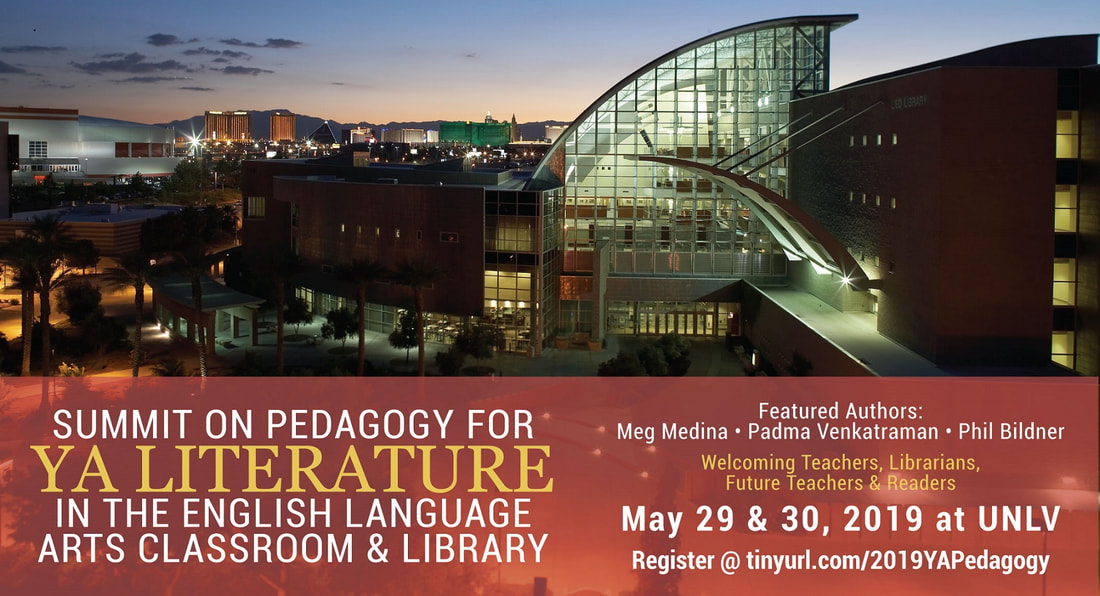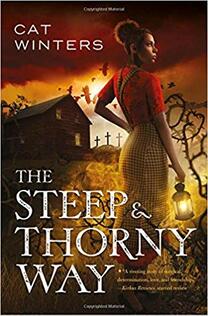This week Melanie introduces and discusses a project that combines YA and Stem. I am more and more interested in how YA Literature can be used to make all kinds of cross-curricular connections. I have been focused on the Social Studies and Music. I found myself intrigued when Melanie mentioned that she was involved in a Stem Read Experience. Maybe more of us should be exploring these opportunities. Thanks Melanie,for showing us a model.
The STEM Read Experience: Celebrating 200 Years of Frankenstein by Melanie Koss
Dealing with Standards in the 21st Century
Looking at the standards, they are segregated out into different content areas, essentially turning learning into silos, something that isn’t aligned with the way of everyday life. Our teaching is also often segregated, with many of us focusing on only one curricular area. This is how education today is set up, but are there opportunities to work together? If we wish to create critical thinkers and meet all of the standards effectively, why not find ways to combine the standards into authentic learning opportunities.
The world and workforce in the 21st century need people who are able to think critically, solve problems, read complex texts over a variety of media, interpret data, and be creative and flexible. We need to teach our students that failure is ok, as long as they try again to solve their original problem using innovative ways of thinking and perseverance. YA literature is a great springboard into tackling many of these different skills.
Why literature and STEAM?
High-interest young adult literature is a natural pairing to teach literacy and STEAM (science, technology, engineering, the arts, and math) concepts. Teachers are familiar with using literature and critical thinking techniques in teaching literacy, and using problem-solving activities to teach science, math, and social studies. Combining the two, and adding in problem-based learning activities, can create motivated and engaged students while learning STEAM and literacy concepts and skills. What more can a teacher ask for? This is where STEM Read fits in.
STEM Read
| Northern Illinois University’s (NIU) STEM Read is a unique and innovative program that uses popular fiction books as a gateway for K-12 students and teachers to explore STEAM concepts. STEM Read’s goal is to motivate students to become STEM literate, to encourage interested students to pursue classes and careers in STEM fields, and most importantly, to read. Their tagline – the science behind the fiction! One of the program’s most popular events is interactive field trips, which allow students to visit campus, meet a best-selling author, learn from experts, and participate in a live-action game based on STEAM concepts from a popular book. In December 2018, in honor of the 200th anniversary of Mary Shelley’s Frankenstein, the book was The Dark Descent of Elizabeth Frankenstein by author Kiersten White. Prior to the field trip, students were encouraged to read both White’s book and Frankenstein, although reading the books was not a requirement of participation. The field trip is designed to both use students background knowledge from the books and/or pique their curiosity to the mysteries a book might hold. Registration for the event included a copy of The Dark Descent, and students who received their books that day often began reading the book right away. |
The Event
Students file in, at first boisterous and chatty, and a hush falls as they take in the scene. Excited chatter follows as they are assigned a table and begin to explore the materials at hand. On each table, a small pile of money and red and gold tokens. These are the first to be examined.
The event begins with an introduction and instructions. Teams must complete challenges to earn money and morality points. For each challenge, teams can earn or lose money based on their successes. For each ethics challenge, teams must place a red or a gold chip into the morality chip bowl. The team with the most money at the end survives. The morality chip randomly chosen at the end of the field trip from the morality chip bowl determines whether Elizabeth lives or dies, so the ratio of the chips in the bowl matters.
Students are guided through the day by a moderator, introducing the author and experts, explaining challenges, and inviting students’ exploration of ethical constructs. The general structure is a read aloud of a passage from the book, often done by the author, followed by an expert presentation in the form of a video or in person, a related STEAM challenge, and lastly an ethical dilemma to debate. This cycle takes place several times during the course of the event, and the challenges target each of the STEAM curricular areas. All of the challenges relate to themes and topics from the books.
| It begins! “Elizabeth,” aka the students, are welcomed and told that they are Victor’s friend and that they must save him from himself without losing their own sense of self. They are told that the choices they make will have a profound effect on their future. The stage is set. Author Kiersten White takes the stage to a huge round of applause. She reads a snippet of the novel, setting the scene. Victor is standing above Ernest’s body holding a bloody knife. Medical experimentation. In order to experiment, a critical skill is needed, suturing. A video by a medical expert is shown, teaching students how to suture. Can they do it on their own? It’s time for the first challenge – Blood and Bananas! Teams complete a relay race challenge suturing bananas. Each team member must run to the banana stations set up at the back of the room and complete two, correct sutures. The first team to complete 16 sutures wins, but there is a time element. A timer is displayed on the screen, adding to the excitement. Can the students suture? Can they save Ernest? Screaming and team chants are heard, and back at their tables, students are sharing tips with their teammates, sometimes drawing diagrams with instructions. The timer chimes, groans and cheers are heard, and the room goes silent as the winners are announced. Imagine the excitement! |

Time is up. Students must face another ethics challenge. As Victor’s friend, do you alert the authorities to Victor’s suspicious activities or continue to search for Victor to stop him before he goes too far? How far is too far? Is it true that Victor is experimenting on bodies?
Next, students learn how Victor was getting his bodies through an expert historian. They learn about the art of body stealing. Just imagine the student responses when they see historical images and documents on the screen. It isn’t exactly pretty. A bit more reality sets in when students are told that now that they have found Victor’s laboratory, they have access to his lab notes.

Kiersten once again takes the stage and reads another snippet of her book, describing Victor’s lab in all of its gory detail. Ethics challenge – should students turn Victor in now that they’ve seen the lab, or should they burn it down and hide the evidence? It’s fascinating to watch the evolution of the students as they continue to debate whether or not they should protect Victor from authorities or turn him in. What does being a loyal friend mean?
Our next expert takes the stage, and students learn about the science of circuit building and how the body itself is a circuit. Students are now challenged to engineer a circuit of their own. They are given a pack of paper body parts and other supplies, and must create a circuit for their creature that, when hooked up to hand-cranked generators, cause their Creature's eyes to light up. This is definitely a challenge for students in that they try and try again, learning to problem solve through their failures and partial successes. Some succeed in bringing their creature to life, many do not, but the excitement and curiosity is alive. But then, students are given another ethics challenge. Should they be bringing a body to life?

The discussions are intense, the money and morality tokens collected throughout the day based on their successful or not so successful attempts in the challenges are tallied, and it’s time for the final reckoning. Did students earn enough to win lunch?? A morality chip is chosen from the bowl and it’s time to learn what the Elizabeths, overall, decided…
During lunch, students have the opportunity to have their books signed by Kiersten and to explore different exhibits set up around the room relating to the different STEAM challenges. The day ends with an author talk and a Q&A session. As the students return to their buses, I overhear talk about wanting to reread the book and find new questions to ask and puzzles to solve. A group of students talks about wanting to become doctors, challenged by another group who wanted to work in a laboratory. No one was complaining about spending the day reading, writing, and doing math and science activities. They wanted to know when the next event was.
The Aftermath
STEM Read is obviously an elaborate, large scale event that exemplifies ways literature can be used to spark STEAM activities. But this is just one example. Each of these challenges can take place over the course of a literature study unit, or in conjunction with multiple teachers and classes. Smaller activities based on a poem or short story can also be done. The idea is to make STEAM learning authentic and reading an essential component of authentic success.
If you’re interested in learning more about STEM Read, please visit www.stemread.com. The website is full of free resources on a variety of books, as well as blog posts, videos from authors and experts, and links to a podcast.




























 RSS Feed
RSS Feed